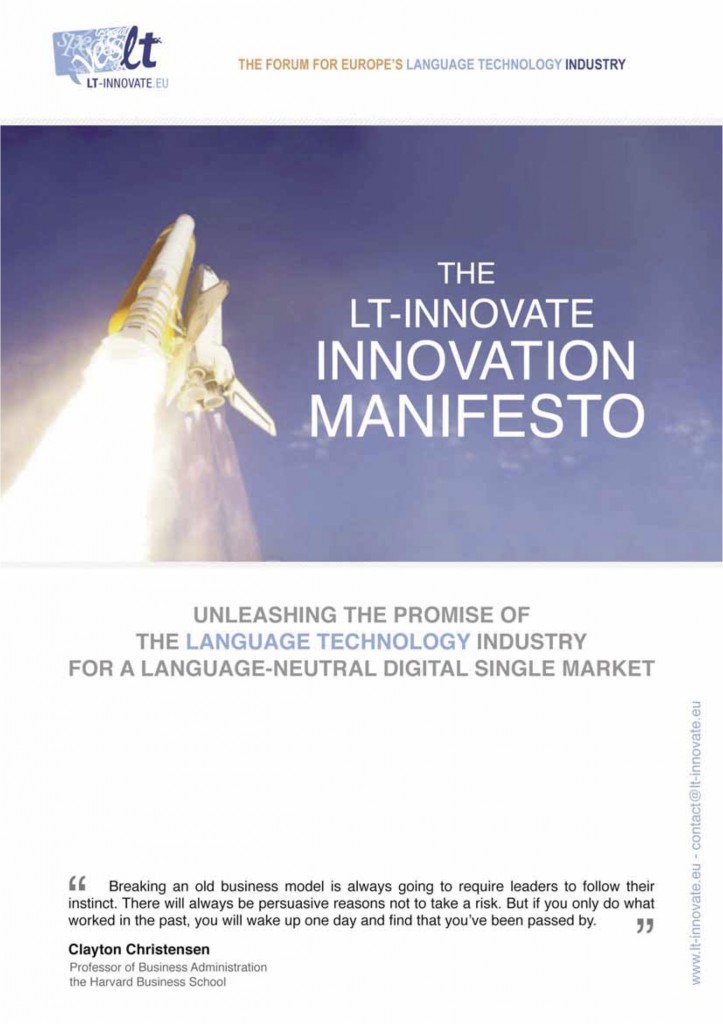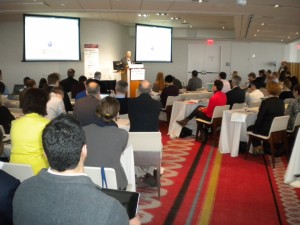Last June 10th we presented our webinar “Discover the WHY behind your Customer Scores – Improve your Customer Experience Management with Text Analytics”, featuring industry expert Seth Grimes.
The goal of the webinar was to ensure you are getting the most from your Customer Experience / Voice of the Customer initiatives, using text analytics to understand massive amounts of unsolicited, unstructured customer feedback in real time.
The agenda, with contributions from Seth and members of the MeaningCloud team, was:
- Text analytics in Customer Experience (CX) management. Why is it important?
- How text analytics complements/amplifies “traditional” CX? What specific benefits does it bring: understanding the reason behind the scores, extending to new, untapped feedback sources, analyzing CX in big data contexts … What new applications does it enable?
- What text analytics techniques are applicable: text classification, information extraction, sentiment analysis, user profiling…
- Analysis of some real scenarios/projects: survey analysis, contact center interaction, market research, social media analysis.
- How to implement this easily with MeaningCloud: APIs, personalization tools, add-in for Excel.
For those of you interested, below you can find the webinar’s slides and recording.
And, if you want to give MeaningCloud a try and see how it can take your customer feedback analysis to the next level, register and use it for free here.







